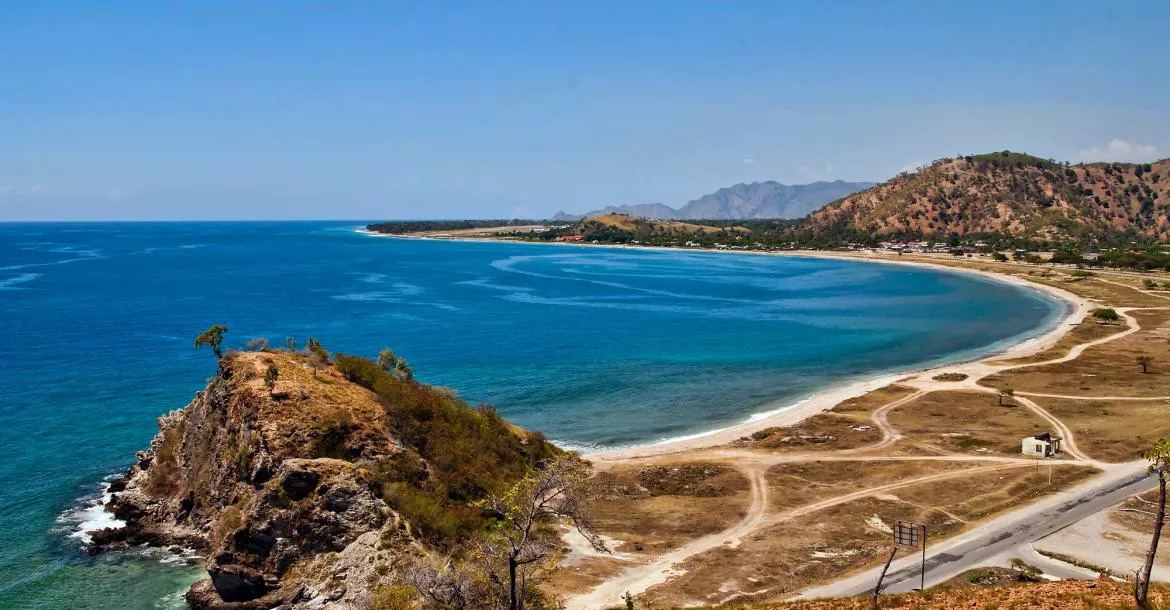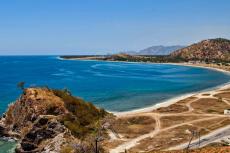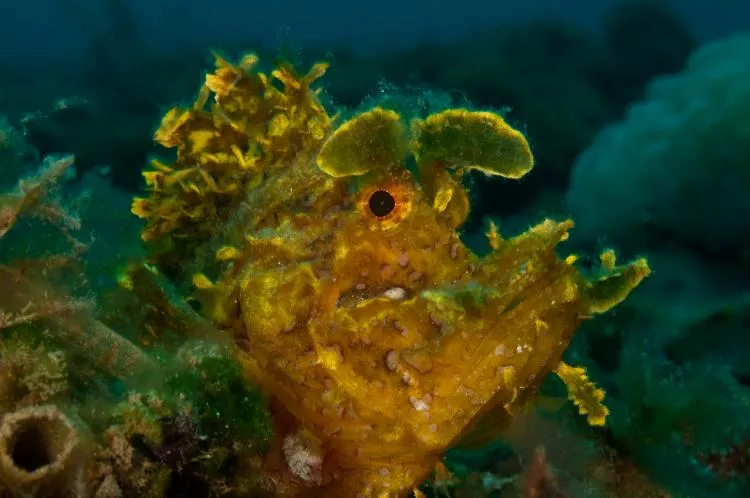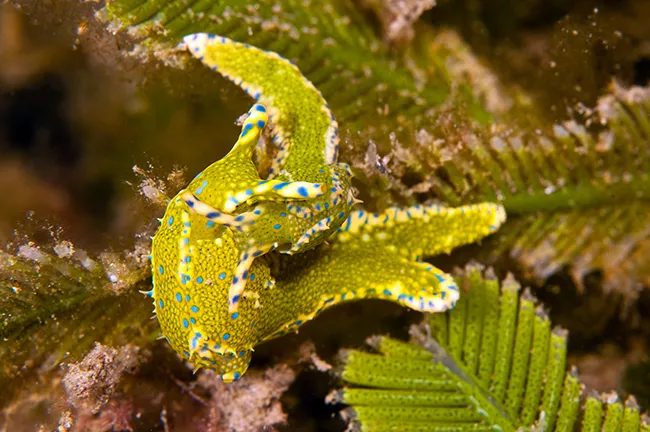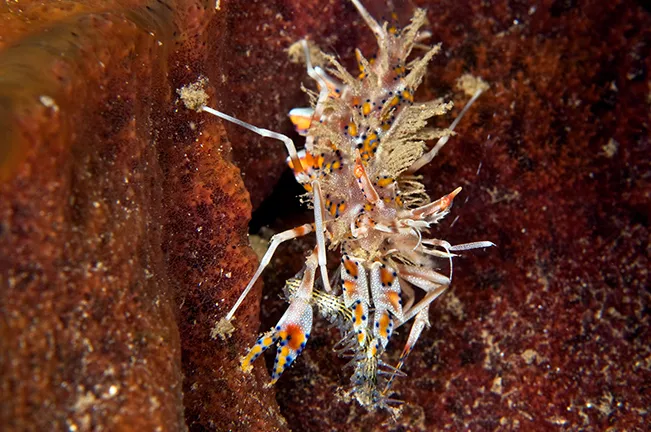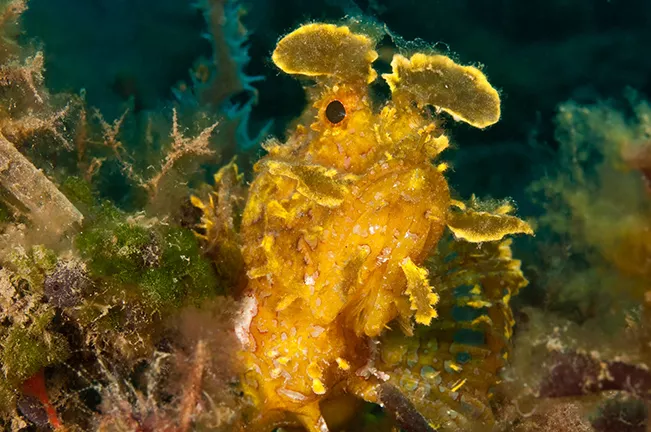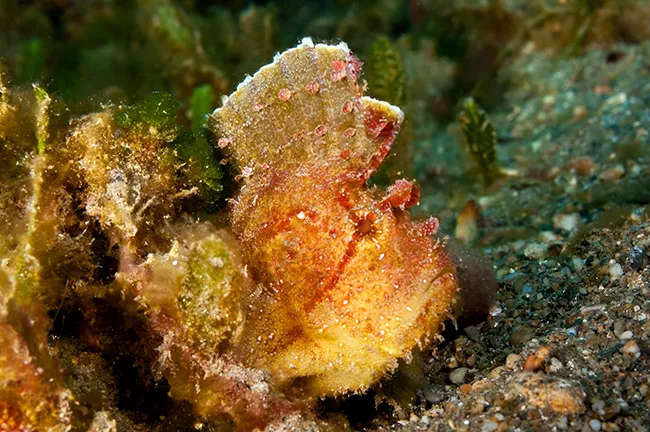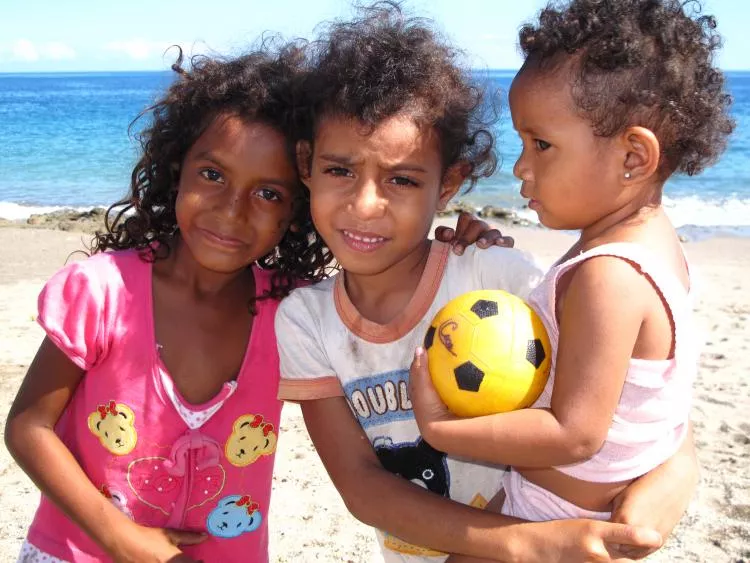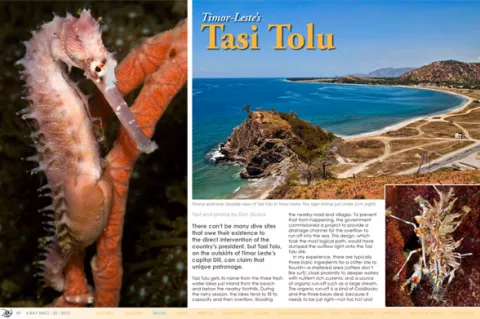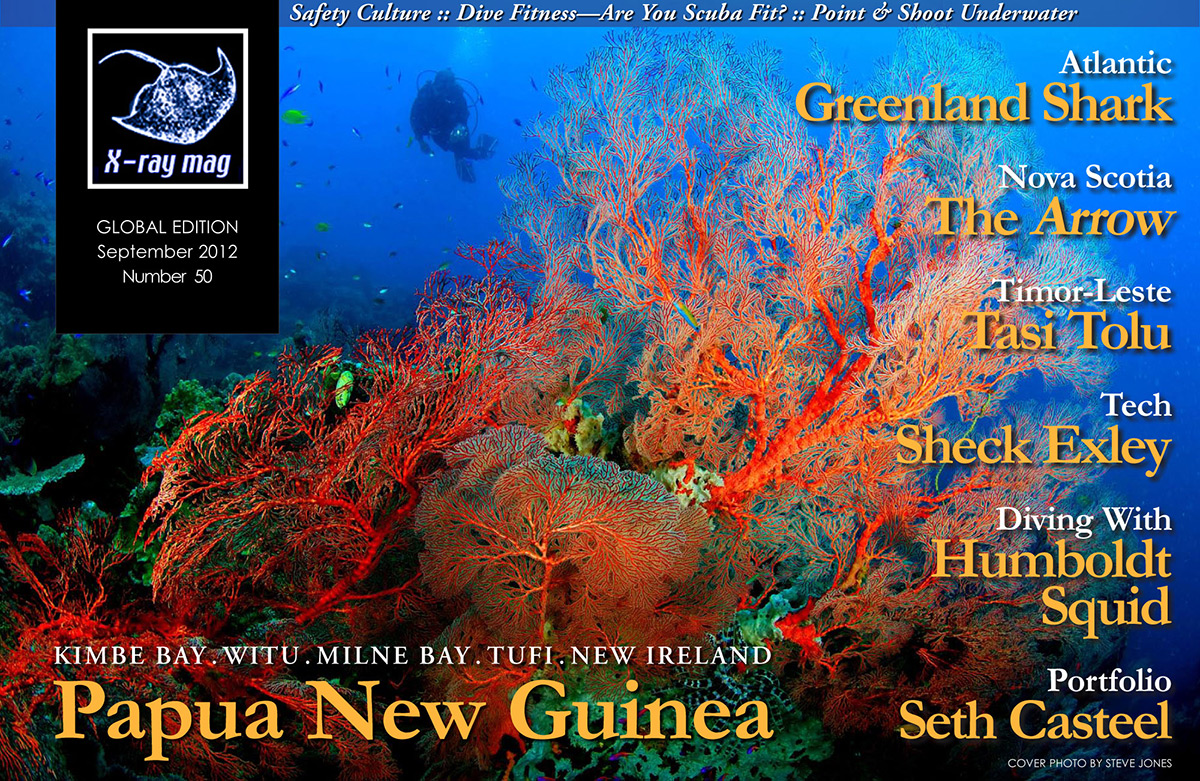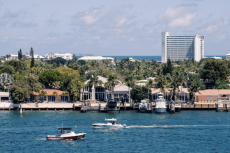There can’t be many dive sites that owe their existence to the direct intervention of the country’s president, but Tasi Tolu, on the outskirts of Timor Leste’s capital Dili, can claim that unique patronage.
Contributed by
Tasi Tolu gets its name from the three fresh water lakes just inland from the beach and below the nearby foothills. During the rainy season, the lakes tend to fill to capacity and then overflow, flooding the nearby road and villages. To prevent that from happening, the government commissioned a project to provide a drainage channel for the overflow to run off into the sea. This design, which took the most logical path, would have dumped the outflow right onto the Tasi Tolu site.
In my experience, there are typically three basic ingredients for a critter site to flourish—a sheltered area (critters don’t like surf); close proximity to deeper waters with nutrient rich currents; and a source of organic run-off such as a large stream. The organic run-off is a kind of Goldilocks-and-the-three-bears deal, because it needs to be just right—not too hot and not too cold, because too hot means siltation which the critters don’t like very much, and too cold means not enough organic nutrients. Tasi Tolu is obviously just right, because it’s a great site with lots of critters to see, but the drainage channel would have raised the temperature to the boiling point during the wet season and effectively decimated the site.
The local diving community waged a campaign to get the drainage channel relocated and ultimately got the issue on the radar screen of Dr Ramos Horta, the urbane and erudite Nobel Peace Prize winning president of Timor Leste.
Horta saw tourism as part of the potential solution to one of Timor Leste’s most pressing problems—lack of employment opportunities—and accepted that destroying one of the best critter dive sites in Dili was not a great idea. He was eventually able to stop the project.
Shore dive
Tasi Tolu is a shore dive and a pretty straightforward affair. Kit up on the beach from the back of your transport, close to the now defunct and partially constructed drainage channel, then walk down the beach and enter the water just by the group of small boulders. Heading straight down the sloping sand at about 15m where you will find a flat patch of marine growth and in amongst it, you will find a wide variety of photogenic critters.
I did several dives at Tasi Tolu and eventually got to know it like the back of my hand, but I have to say that I would have missed the site completely if I had not been shown it by the dive guides from Dive Timor Lorosae who I dived with in Timor Leste. Not that the site is particularly hard to find, rather that it looks nothing like a photogenic one.
One of the highlights of Tasi Tolu were the resident pair of Rhinopias. The yellow one posed nicely for me, as seen below (right). There was an assortment of other critters in and amongst the marine growth, ranging from seahorses to spiny tiger and tozeuma shrimps ■

